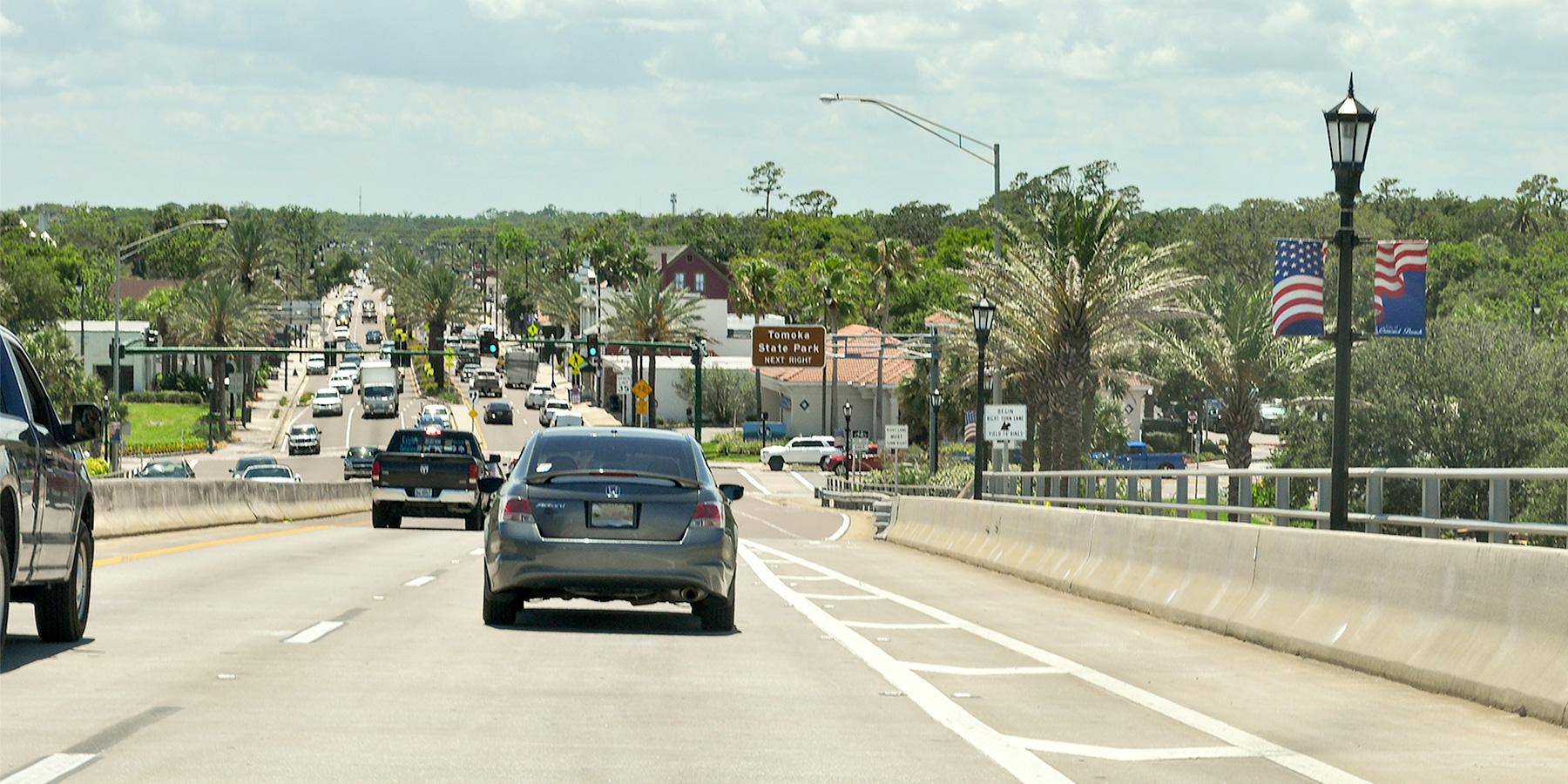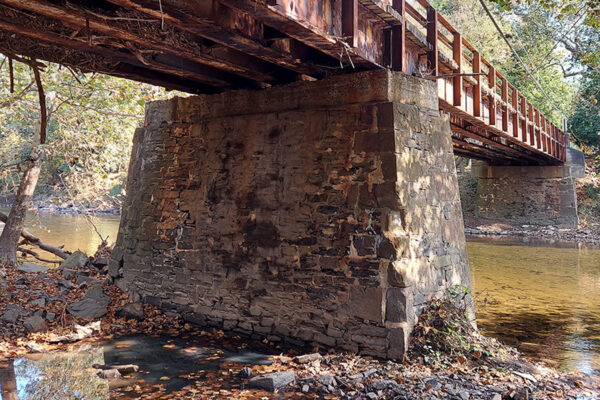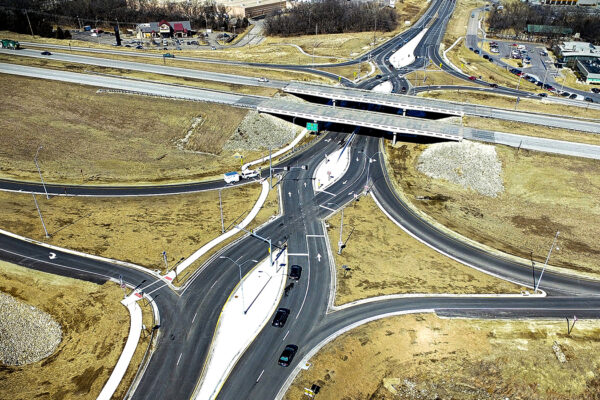Crash Study Identifies Opportunities for Improved Conditions in Volusia and Flagler Counties, FL

The River to Sea TPO (R2CTPO) conducted a crash analysis report in 2017 to get an understanding of crash numbers and types within the planning area (Volusia and Flagler Counties) and to see how they compare to other areas within the state. Within its population group, Volusia County ranked relatively high in several categories, particularly motorcycle related crashes and occupant protection crashes, as well as pedestrian related injuries and fatalities. Recognizing that a more comprehensive review was needed, the TPO is working with Alfred Benesch & Company to take a deeper look into the crash statistics and identify potential countermeasures for top crash locations.
Benesch staff started with approximately 68,000 crash records over a five-year period and identified top intersections and segments by crash frequency (number) and severity. These locations were screened using the Highway Safety Manual Equivalent Property Damage Only (EPDO) method to rank the top intersections and segments by crash frequency (number) and severity. Five intersections and segments in each category were then chosen for further analysis of crash contributing factors. Benesch also compared the crash rates to those in surrounding counties, states and the nation.
Field investigations of the selected sites verified contributing factors and identified undesirable conditions, driver behaviors, traffic operations and geometrics. Particular attention was paid to rear end and left turn type crashes, which make up 36% of crashes within the study area. Crash countermeasures were identified using the FHWA Proven Safety Countermeasures Toolbox. The next step in the project is to prepare cost estimates and benefit-cost ratios for the selected countermeasures. Benesch Team members have already conducted presentations at area Community Traffic Safety Team (CTST) meetings and for the TPO Board and committees to raise awareness of the study and to get input from area agencies and stakeholders.
The final study is due in September. Because certain crash types are the result of driver behavior, such as use of seat belts, impaired driving and speed, the next steps for the TPO may be a comprehensive 5E program – engineering, education, encouragement, enforcement and evaluation – focusing on enforcement and public awareness campaigns.




